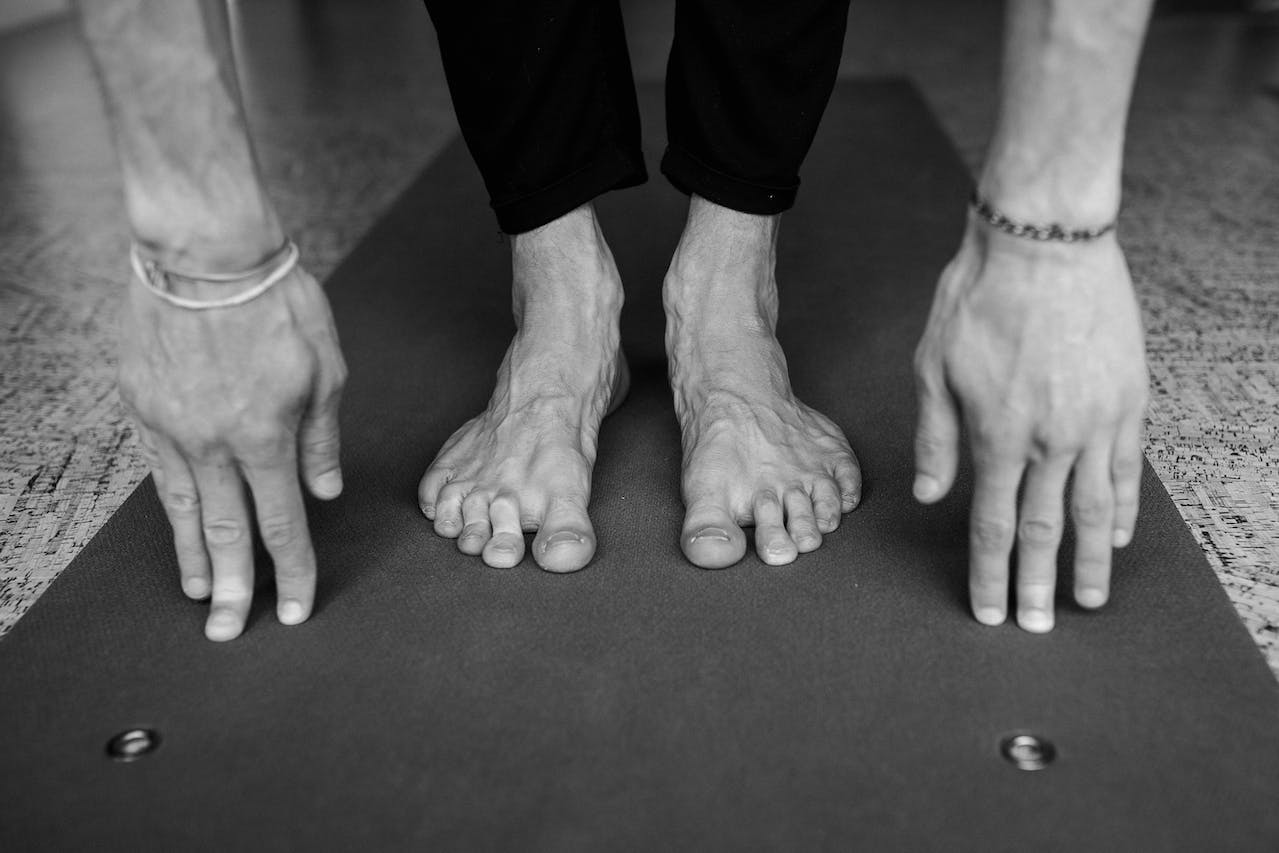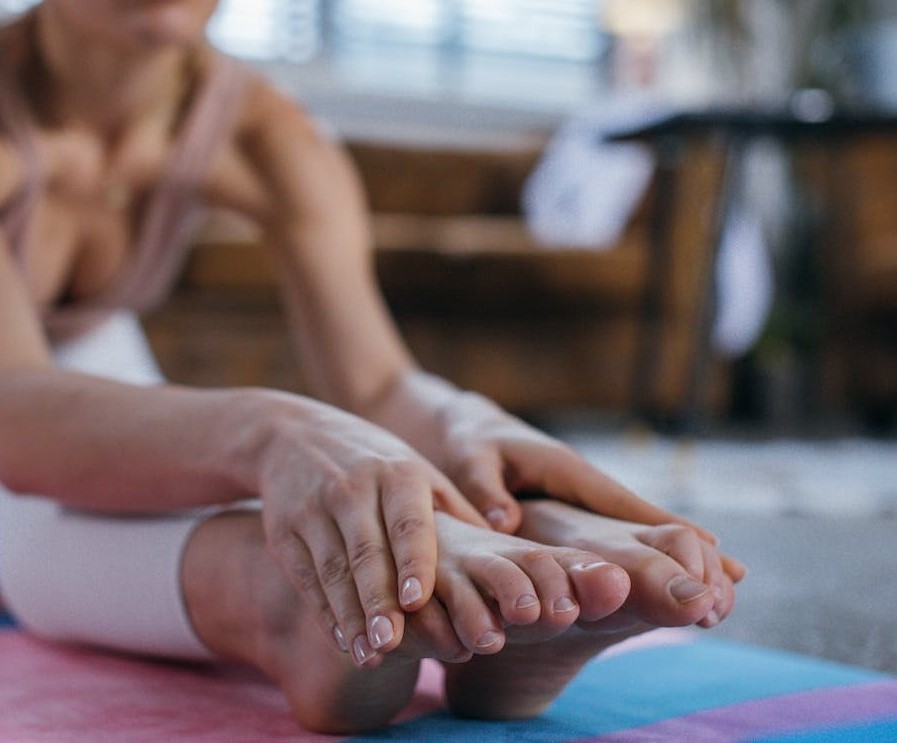Schedule An Appointment With Us
Are Your Symptoms Affecting Your Quality Of Life?
Consult our MOH-accredited orthopaedic surgeon for an accurate diagnosis & personalised treatment plan.
MBBS
MRCSEd
MMED (Ortho)
FRCSEd

Claw toe is a toe deformity characterised by the bending of the toes into a claw-like position. This condition often affects the four smaller toes of the foot, involving primarily the middle and end joints. The abnormal bending of the toes can lead to them digging into the soles of shoes, often resulting in painful calluses.
If claw toe is not treated, it may progress to a state where the toes become permanently stiff.
Claw toe can arise from several underlying factors:

The symptoms and signs of claw toe involve the following:
Diagnosing claw toe involves a thorough physical examination and clinical assessment.
Effective management of claw toe often begins with non-surgical approaches.
Modifying Footwear |
In less severe cases, the foot specialist may suggest modifying footwear. Wearing shoes with a roomy toe box, low heels, and good arch support can help alleviate pressure on the toes. Shoes should have soft soles and minimal seams in the toe area. High heels and tight shoes should be avoided to prevent exacerbating the condition. |
Splints or Tapes |
A foot specialist may also suggest using splits or tapes to hold the toes in a corrected position, assisting in realigning the toes. |
Physical Therapy |
Exercises designed to strengthen and stretch the toe muscles can help in correcting the deformity. It can help straighten the curled toes. |
Protective Paddings |
Using pads, arch supports, or shoe inserts can cushion the toes and reduce pressure points. This is typically suggested when the claw toe is accompanied by calluses. |
When non-surgical treatments are insufficient, surgical intervention may be considered.
For flexible deformities, surgery may involve lengthening or rerouting tendons to alleviate muscle imbalance. This allows the toes to straighten.
In some cases, the bones of the phalanges (toe bones) can be shortened to correct the toe’s alignment.
A steel pin might be temporarily inserted to hold the toe in the correct position until healing occurs, ensuring the toe maintains its new alignment during the recovery period.
For more severe or rigid deformities, fusing the toe joints can permanently set the toes in a straight position, preventing further bending or clawing.
Schedule An Appointment With Us
Consult our MOH-accredited orthopaedic surgeon for an accurate diagnosis & personalised treatment plan.
Certain strategies can be employed to reduce the risk of developing claw toe.

MBBS
MRCSEd
MMED (Ortho)
FRCSEd
With over 18 years of experience, Dr Poh Seng Yew is an orthopaedic surgeon specialising in hip, knee, shoulder and elbow surgery, sports medicine, and trauma surgery.




Weekdays: 9.00am – 5.00pm
Saturdays: 9.00am – 1.00pm
Sundays and Public Holidays: Closed
Please leave us a message, and we will be in touch with you shortly.
Claw toes often affect multiple toes simultaneously, usually involving the second, third, and fourth toes. Any toe can develop this deformity, and in some cases, all toes on one or both feet may be affected, impacting walking and balance.
While both are toe deformities, the main difference lies in their joint involvement. Hammer toes primarily affect the toe’s middle joint, causing it to bend downwards, while claw toes involve both the middle and end joints, creating a more pronounced claw-like appearance.
Walking with claw toes is possible, but it may be uncomfortable or painful due to abnormal toe positioning and associated symptoms like corns and calluses. Treatment and appropriate footwear can help improve comfort and mobility.
Recovery time varies depending on the treatment method. Non-surgical treatments may offer gradual improvement, while surgical recovery can range from weeks to months, depending on the procedure’s complexity.
Untreated claw toe can lead to complications like calluses, corns, or ulcers, especially in those with reduced sensation in their feet. The deformity may become more rigid, necessitating more complex treatment. Early intervention by a foot specialist can help prevent these complications.